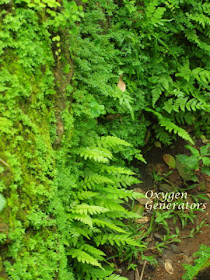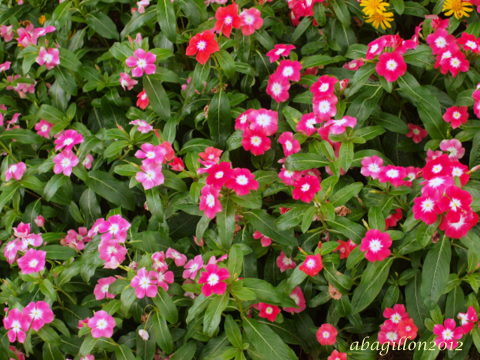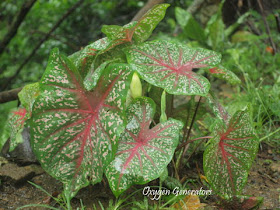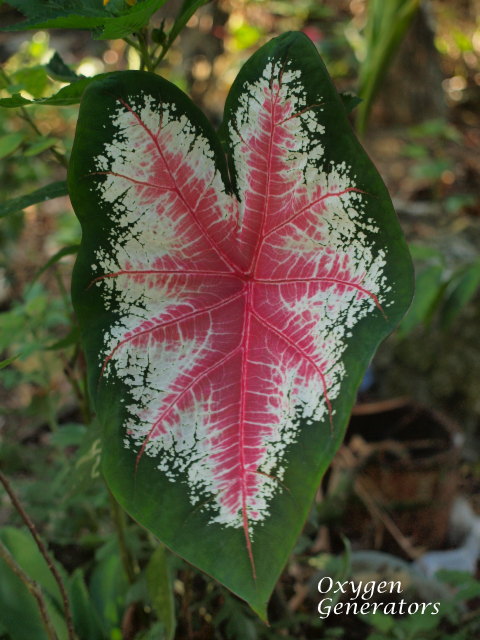This one is a roadside weed, immediately producing blooms a few weeks after the rains. It might look nice in photos, but may give problems to farmers if they are present in their cultivated farms. The seeds mature early and a lot of them will be invading properties soonest because those seeds can easily be transported by wind and water through run-offs.
At first sight i thought this is a terrestrial orchid as the leaves look like a Bulbophyllum. I didn't look at the underground parts because we didn't have much time as there is an impending heavy rains. I am so glad i had my camera with me though. There are several pink flowers borne at the tip of a single spike. It really looks like an orchid, however i also didn't look at the morphology of the flower, so I wouldn't know. In haste i was not even able to get a flower to inspect at home. Next time i promise to do just that. At the moment I cannot resist posting it at once to share with you!
That is the size of the flowers in relation to the full plant. It definitely is a monocot. At leat that I am very sure. It is growing in the almost dense and very humid undisturbed area beneath the coconuts and other big trees. It receives only very low sunlight seeping through the canopy of tall vegetation. I guess it needs the undisturbed microclimate there with a lot of organic matter and rich topsoil.
Bottom of the tree fully covered by the climbing vine
middle portion of the tree still occupied with the climbing vine
the top of the tree trunk profusely covered with the climbing vine
The tree which supports the climbing vine is an Artocarpus blancoi, we locally call antipolo. The base of the trunk can be around 4-5 feet in diameter, while the height might be of a 5 storey building. Some furniture makers are already asking us to sell it, but I don't agree for its significance and importance in the property and our environs. Besides, some birds roost in its canopy and if you kill the tree, what will become of this profusely growing old philodendron. We are not ready to destroy such richness!

Bring in the Greens
http://luziapimpinella.blogspot.de/2012/09/beauty-is-where-you-find-it-3012.html


























.jpg)















.jpg)









